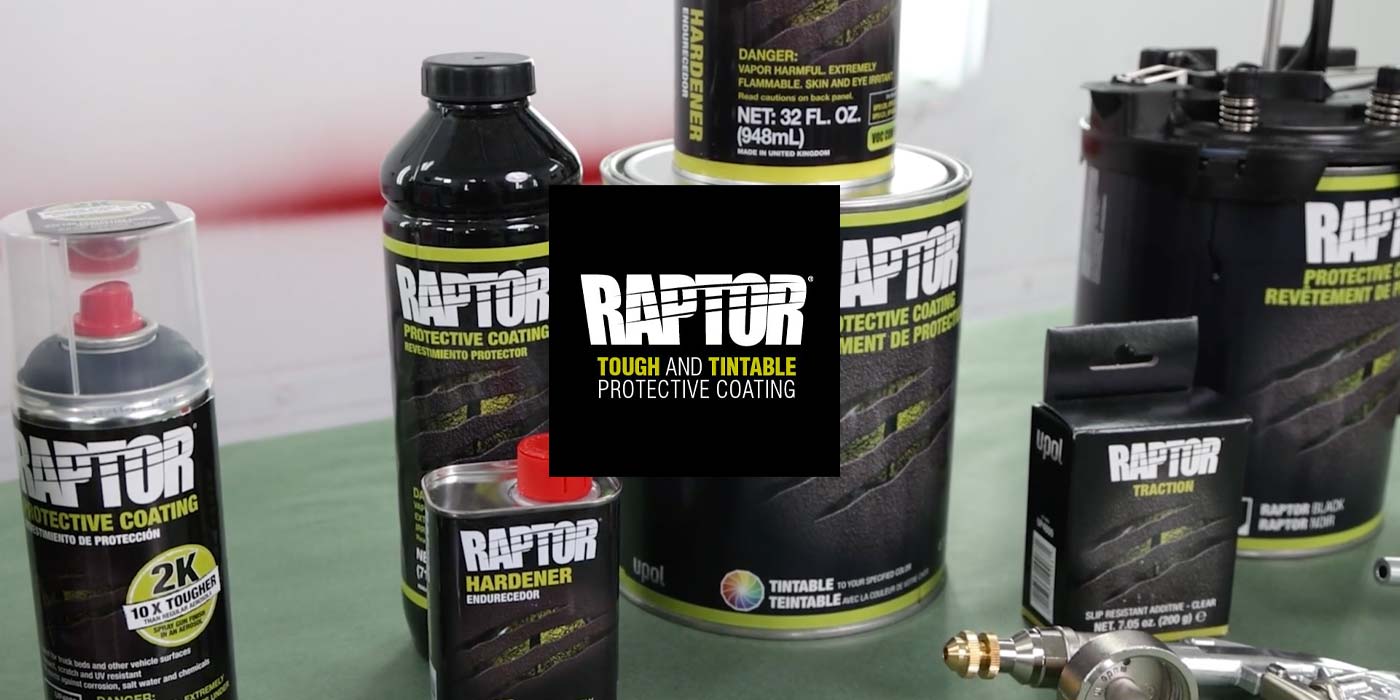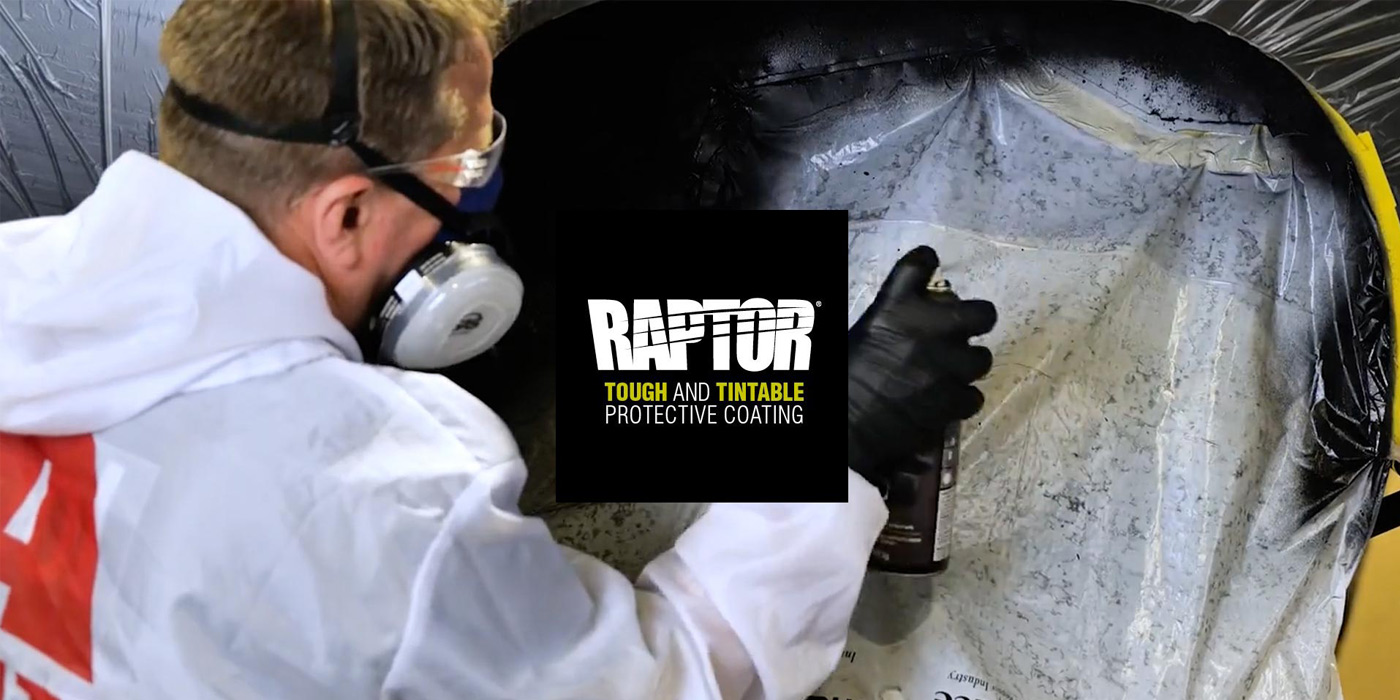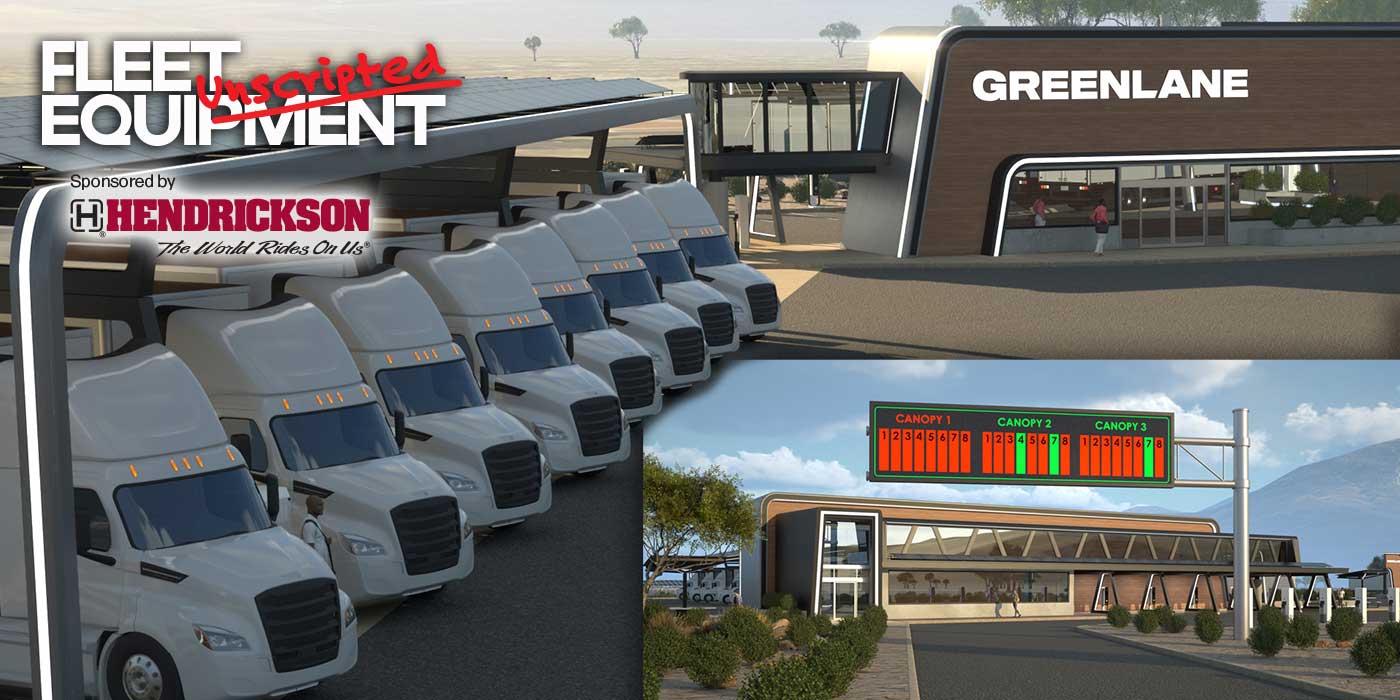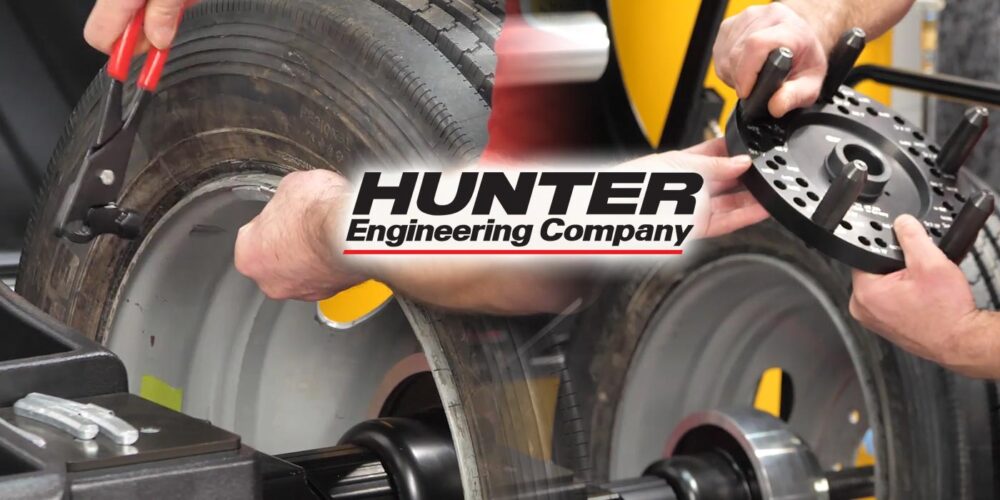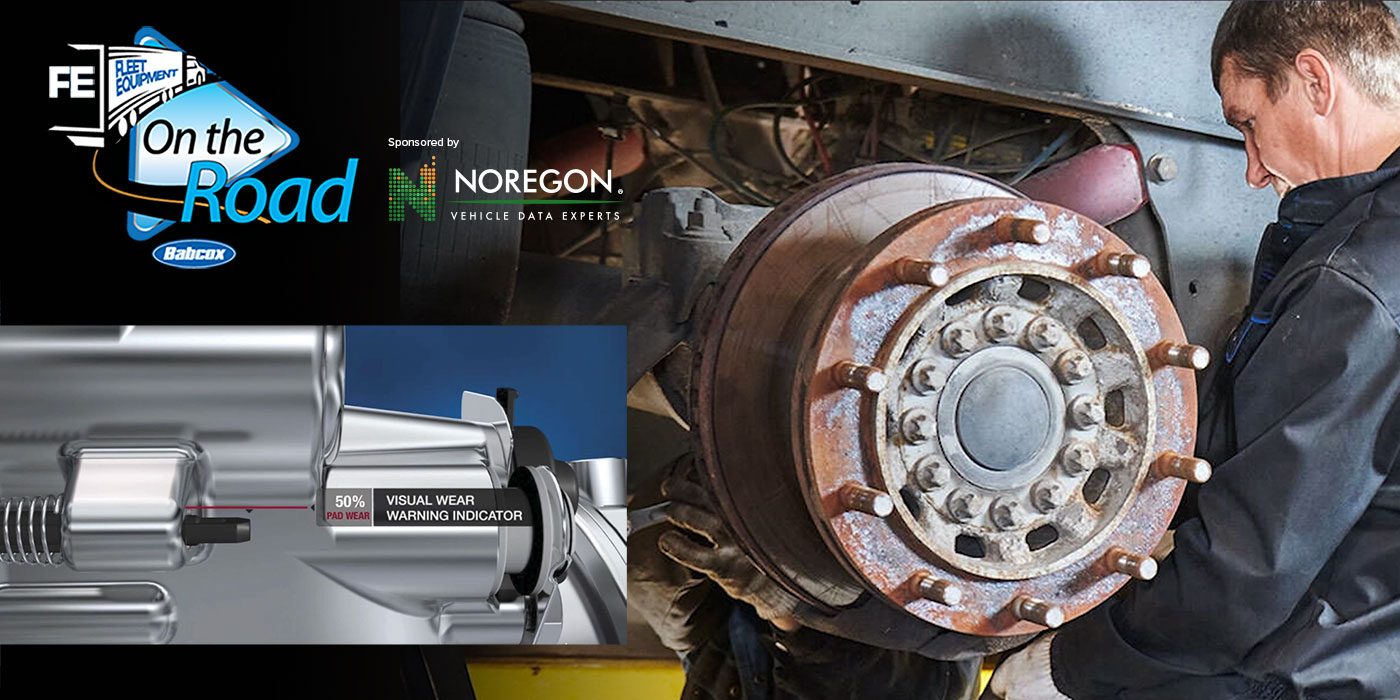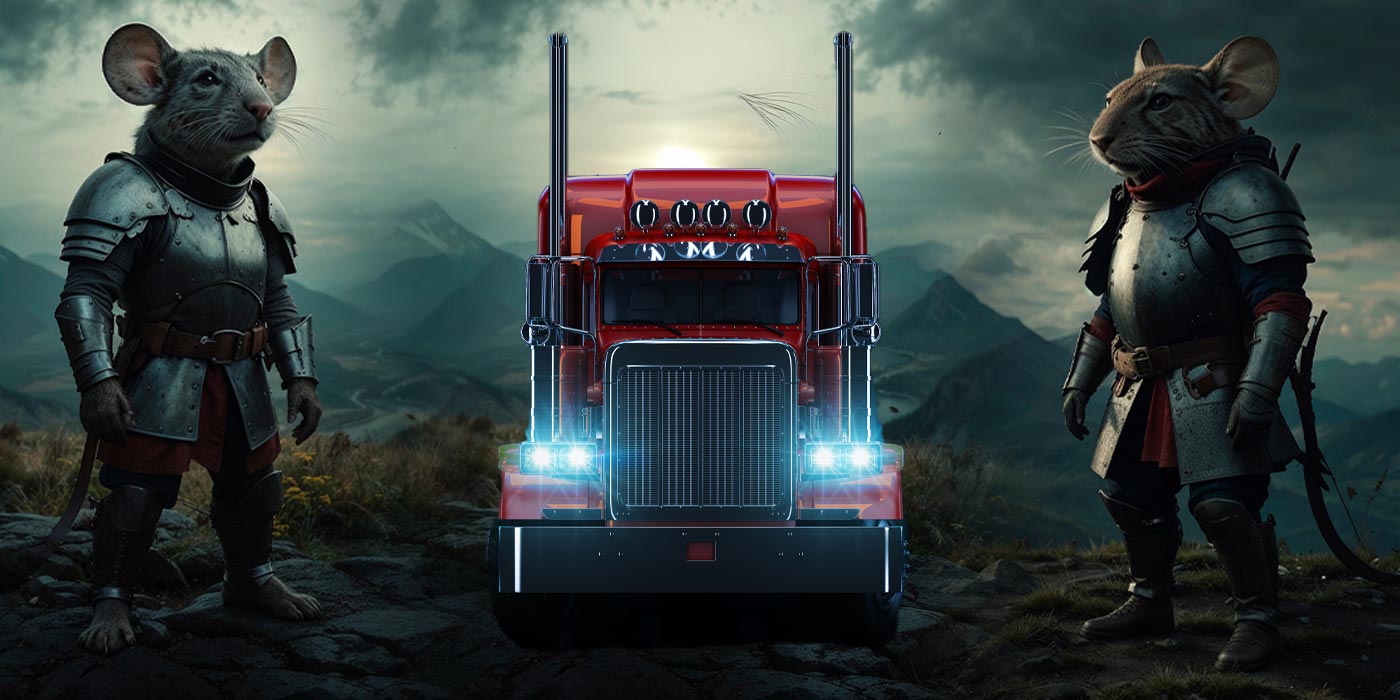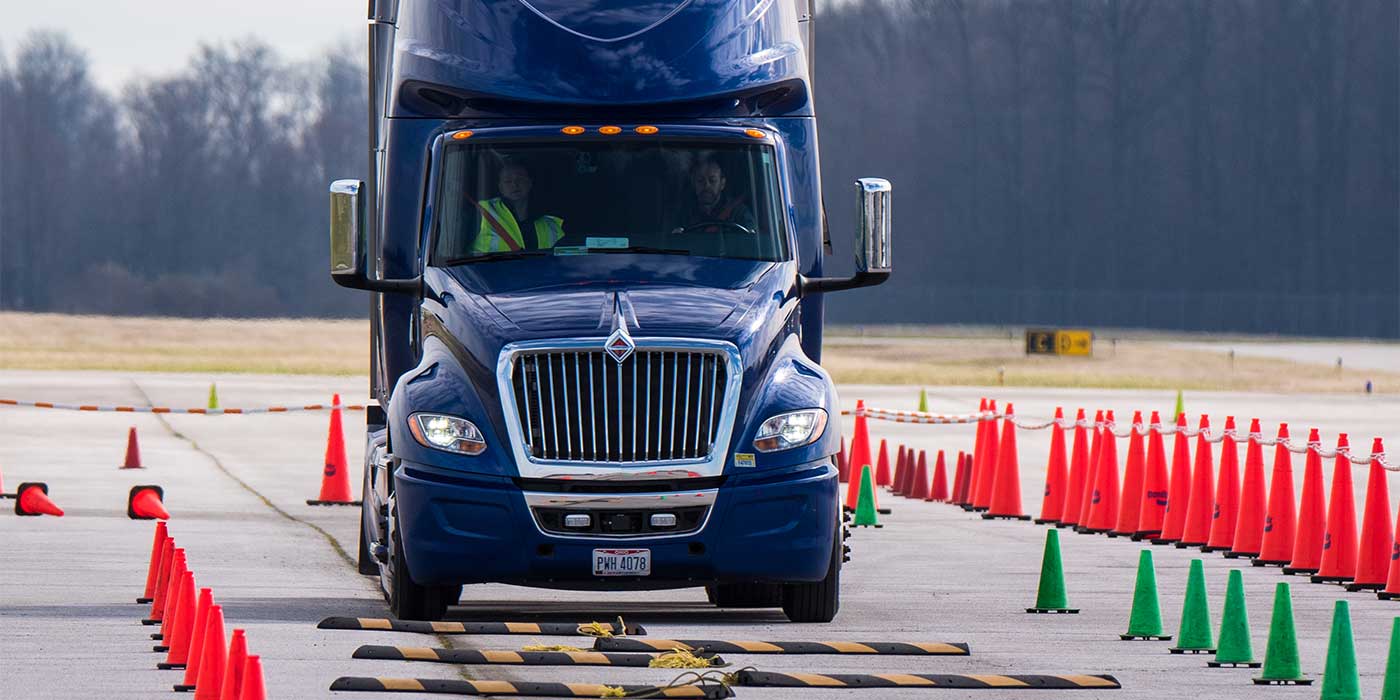In the dimly lit trailer, the frigid air enveloped the last of the delivery items as they were carefully loaded onto the truck. The driver, with a sense of confidence, believed he could successfully transport the chilled goods just a few hours north of the production facility. Little did he know that an unsettling ordeal awaited him on this otherwise routine journey.
The initial stages of the commute proceeded smoothly. The truck covered mile after mile of highway with unwavering determination. The driver’s optimism was palpable until a dreaded warning light suddenly illuminated the dashboard, signaling the beginning of a dire predicament—the curse of Thawed Loadoma.
The temperature within the trailer began to rise, a transformation taking place despite the driver’s frantic attempts to reverse it. The delivery destination loomed on the horizon, still nearly 150 miles away. It became painfully clear that time was running out, and the odds of delivering the goods in their intended condition were rapidly dwindling.
When the driver finally reached the customer’s location, the refrigerated delivery, despite his tireless efforts, had succumbed to the relentless ascent of the temperature. The customer, unable to accept the compromised goods, rejected the delivery, and the chilling realization dawned on the driver: this fateful journey had cost the fleet not only a truckload of money, but also its reputation for reliability and load integrity.
As the driver reflected on this ordeal, he couldn’t help but wonder about the mysterious curse that had befallen him on the road, turning a simple delivery into a costly misadventure. It was a haunting tale that would be recounted for years to come, a reminder that even the most mundane of refrigerated unit journeys can take a nightmarish turn under the right circumstances and any truck can fall victim to the curse of Thawed Loadoma.
Fear not: With the right equipment, the curse of a thawed delivery won’t loom over your fleet. With an appropriate understanding of TRUs, driver education and the right maintenance practices, the integrity of delivered loads can remain intact and your positive reputation can stay alive and well.
While connecting with Bob Roberts, leader of technical operations for Thermo King, I gained some valuable insight into refrigerated units, best practices, and risk management so loads, drivers and managers can keep cool.
“I have a load, that load has a significant value. I have a customer on the other end of that load expecting a delivery, and I have to ensure the integrity of that load, temperature, quality of the load. And so now I have to act very fast,” Roberts said. “Unplanned events can really create some negative consequences, not only for the fleet manager/operator, but also for the end user customer and the driver, because now everybody’s kind of in scramble mode on what it is they have to do to get that asset corrected and get it back on the road and meeting their customer’s delivery or expectations.”
Roberts explains that reacting to incidents can be much more time consuming and less efficient compared to being proactive. So what steps can fleets take to minimize the risk of compromised deliveries?
“So one of the number one things that we’re going to request is being done is number one, pre-cool the load to the temperature that is required before you load it into the trailer. By running a pre-trip, what that’ll do is ensure that the PRU is ready to perform without concern. And if there is something that pops up, address it before the unit’s loaded or the trailers loaded with the product,” Roberts explained.
Roberts emphasized the critical importance he places on risk management when communicating with his customers and fleet operators.
“Ensuring that they get the loads loaded correctly when the doors are open, having door switches, having the unit off so we’re not excessively frosting the coil is a really important thing. Distributing the load in such a way that you get good airflow and movement throughout the entire length of the 53-foot trailer is very important.”
Maintenance, of course, is another big area to keep an eye on. What practices can fleets implement into their maintenance to ensure the equipment stays up and running?
“When you try to extend that lifecycle too long, what that could actually do is create a situation where you may have poor temperature control,” he said.
“Ensure that things like shoots and bulkheads are in good operating condition, ensure that coils aren’t plugged, airflow is normal and what it should be, and that the set point and the TRU are performing as expected and designed,” he recommended.
Unlike other fleet drivers, those who have the responsibility of delivering the refrigerated load to the end customer must be trained on the TRU and how to appropriately interact with it and manage set point temperatures. Roberts emphasized the necessity of specialized training for drivers operating refrigerated trucks, highlighting the distinctiveness of these systems. In order to navigate them effectively and ensure smooth operations, drivers must be well-versed in the systems’ functioning and equipped with the knowledge to identify potential issues while on the road.
“How does the driver have to interact with the unit? So that would be doing things like pre trips, screening for any type of alarms, knowing how to address if an alarm is present, what do I have to do to either correct the situation or escalate to my fleet operator for a potential supplemental trailer or something along those lines.”
How can telematics play a role in ensuring the proper storage conditions for refrigerated loads?
“Another thing that we do through our telematics system is the ability for reporting and verifying that the load was kept at the temperature,” Roberts said. “So when the driver or the fleet manager does perform the delivery, the customer has assurance that the load met the requirements. When you think about food safety compliance, these are all things that are top of mind to fleet managers and drivers today. Nobody wants a load rejected. These loads can range from tens of thousands to millions of dollars if you’re talking pharmaceuticals, for instance.”
Depending on the severity of the alert, drivers can use discretion to determine whether or not immediate action needs to be taken or if it can wait until the delivery has been successfully carried out. The data streaming from the trailer into the system can provide a peace of mind not only to the driver and fleet manager but also for the end customer as well.
“The reality is that our customers are getting more complex, their customers are getting more complex, and they’re demanding more from us. And that more is in the way of data,” Roberts said.
“They want insights into their asset, how it’s being used, and how we can help improve their business. And the way that you’re going to do that is through data, through reporting easier, more intuitive systems that drivers can interface with or maybe not have to interface with at all.”
The curse of Thawed Loadoma isn’t one to take lightly as rising temperatures can really damage not only the quality of the delivered product, but also your fleet’s reputation for reliability. Following these recommended practices can help mitigate the potential of falling victim to this dreaded curse.
Fleet Equipment’s On The Road is sponsored by Wix Filters. Subscribe to our newsletter to catch every episode as we dive into the best practices and servicing information to keep your trucks On The Road.

